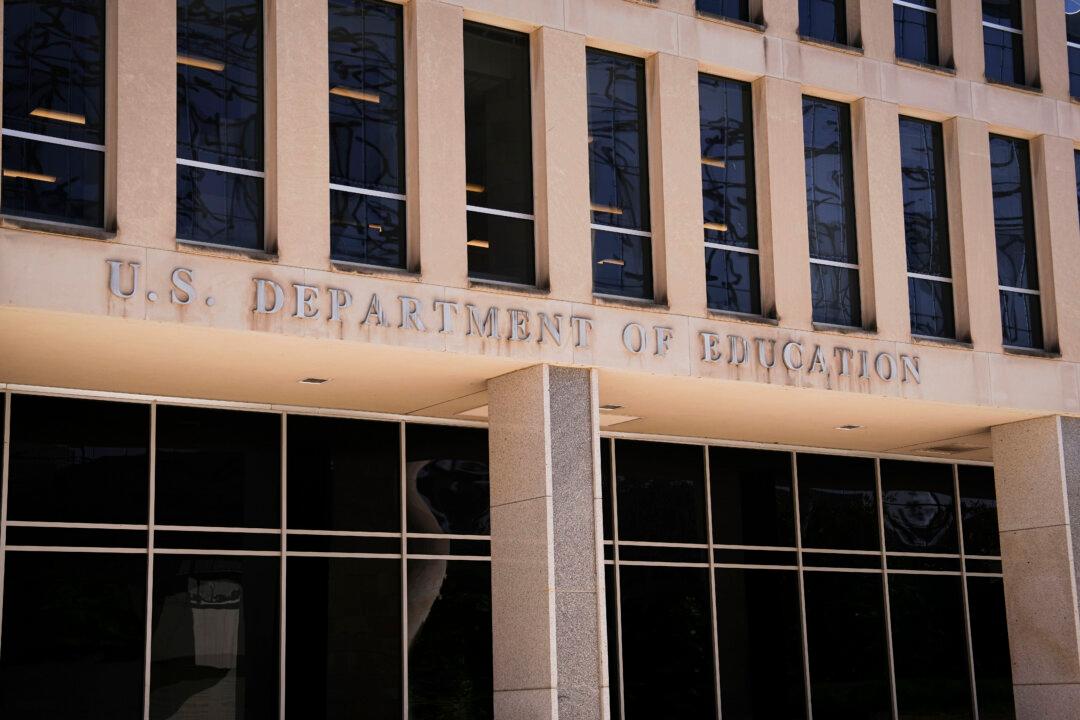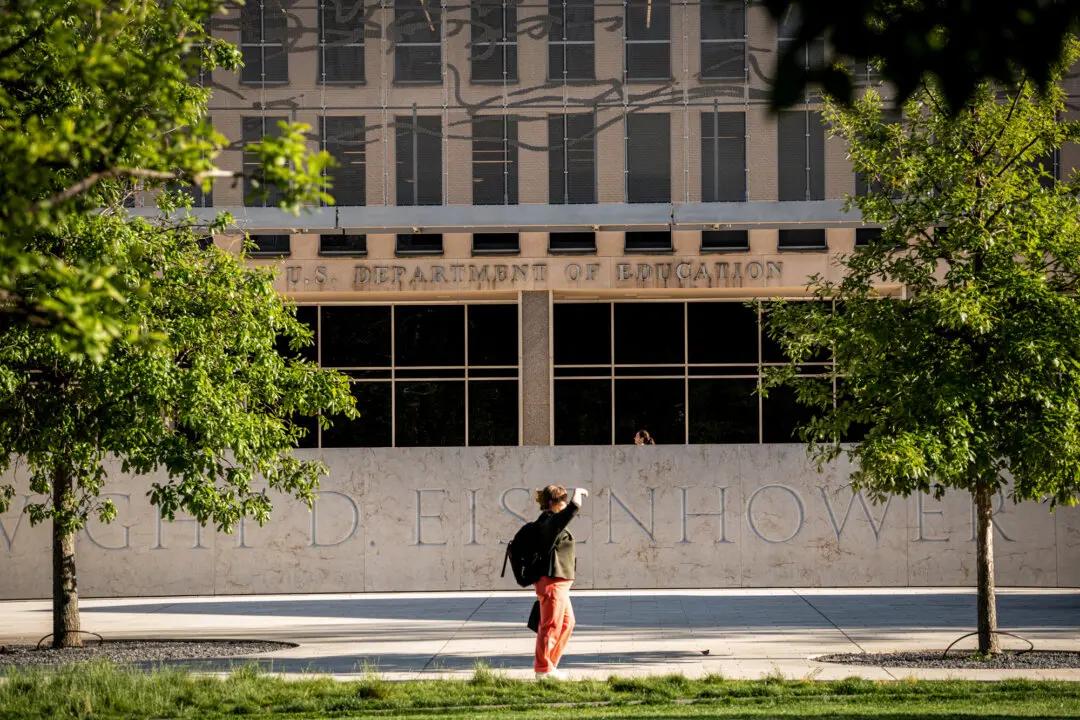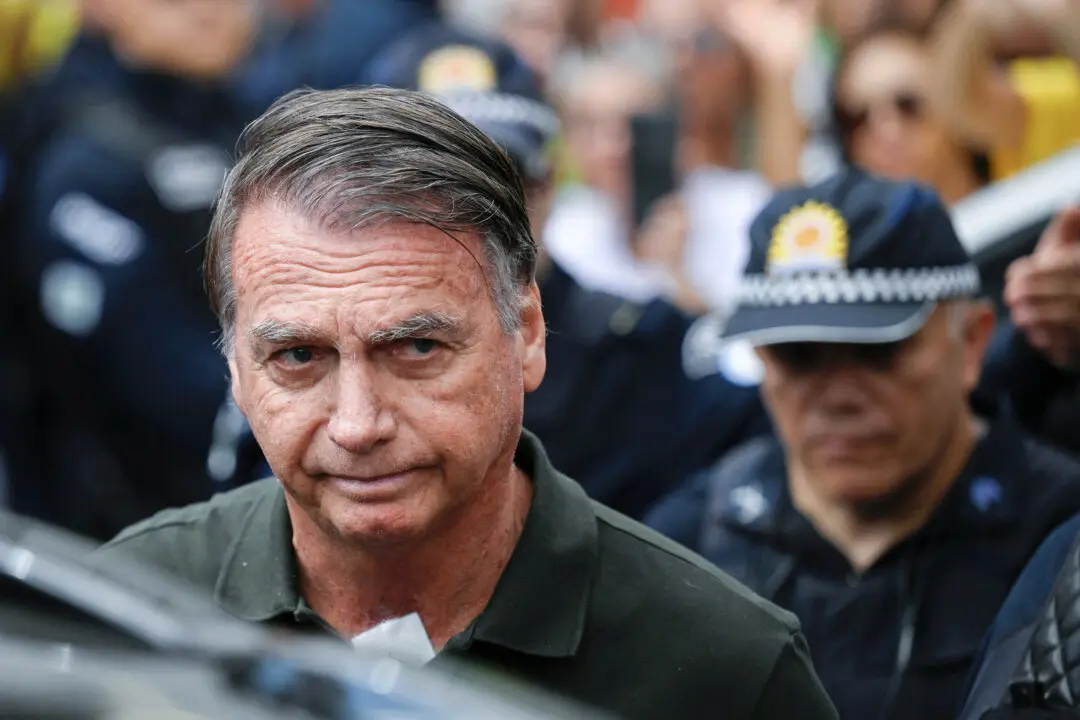Millions of federal student loan borrowers may skip their monthly payments in July while the federal government recalculates their bills.
In August, the U.S. Department of Education rolled out the SAVE Plan, an income-driven repayment (IDR) plan aimed at making payments more affordable for low-income borrowers with a shorter timeline toward the eventual discharge of their remaining balances.





